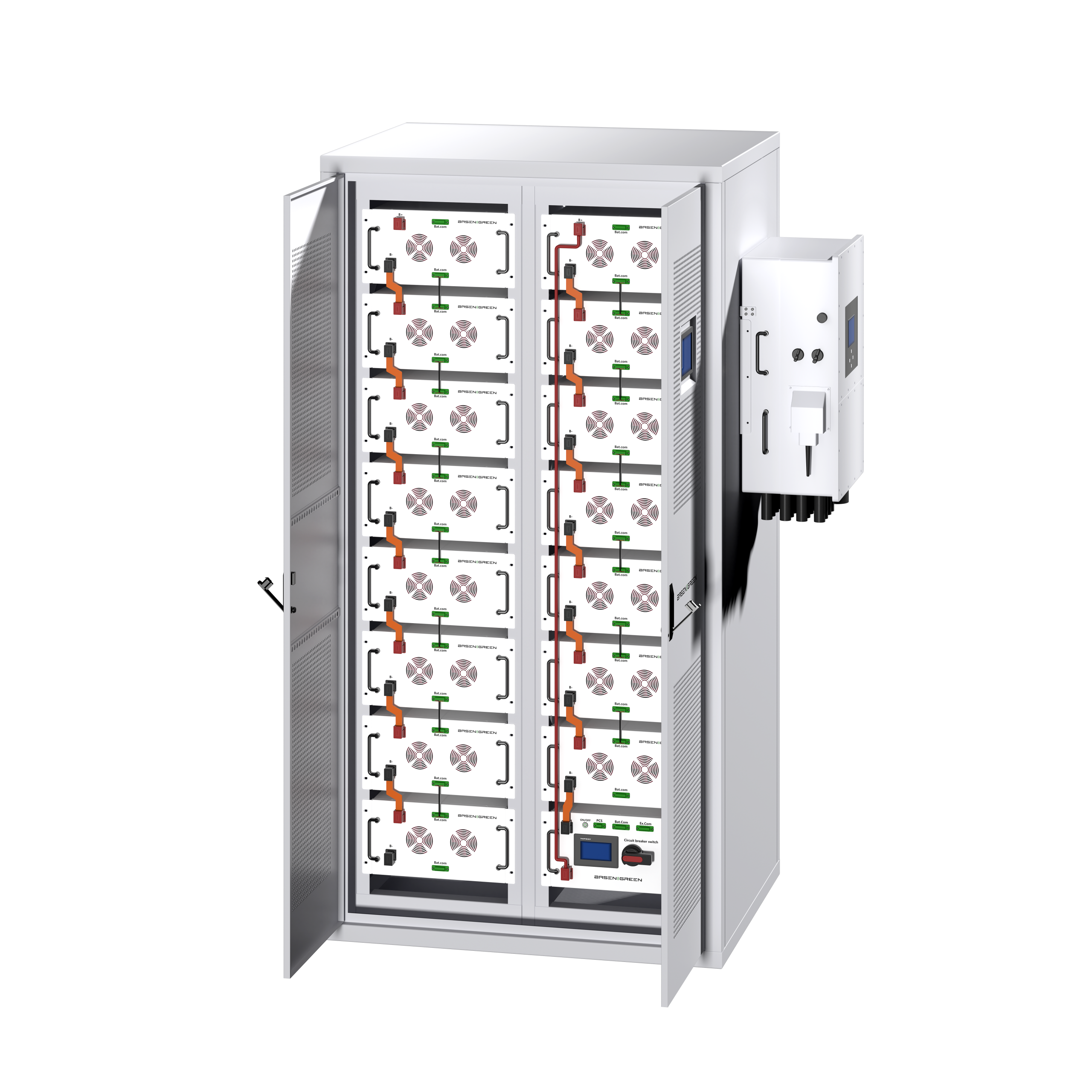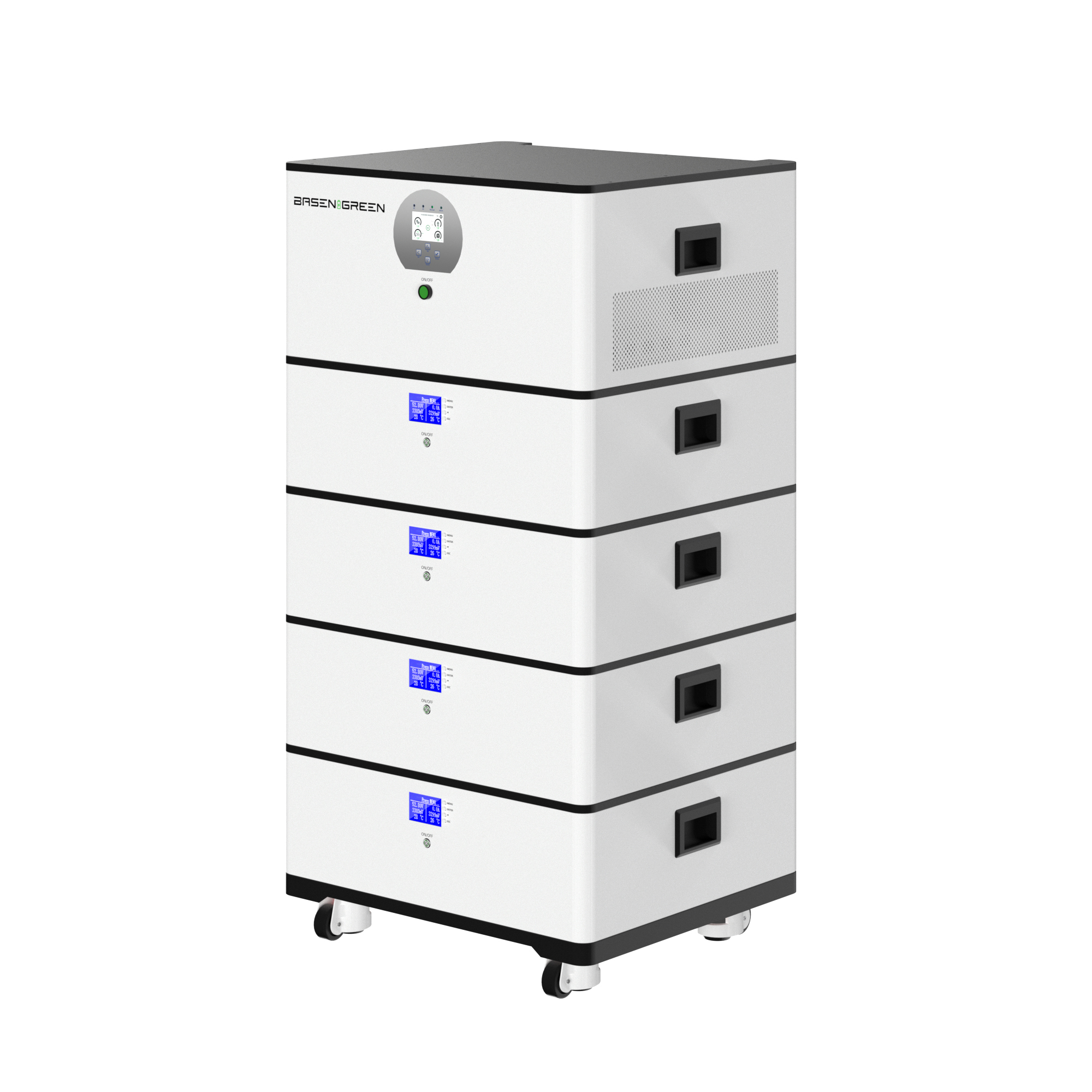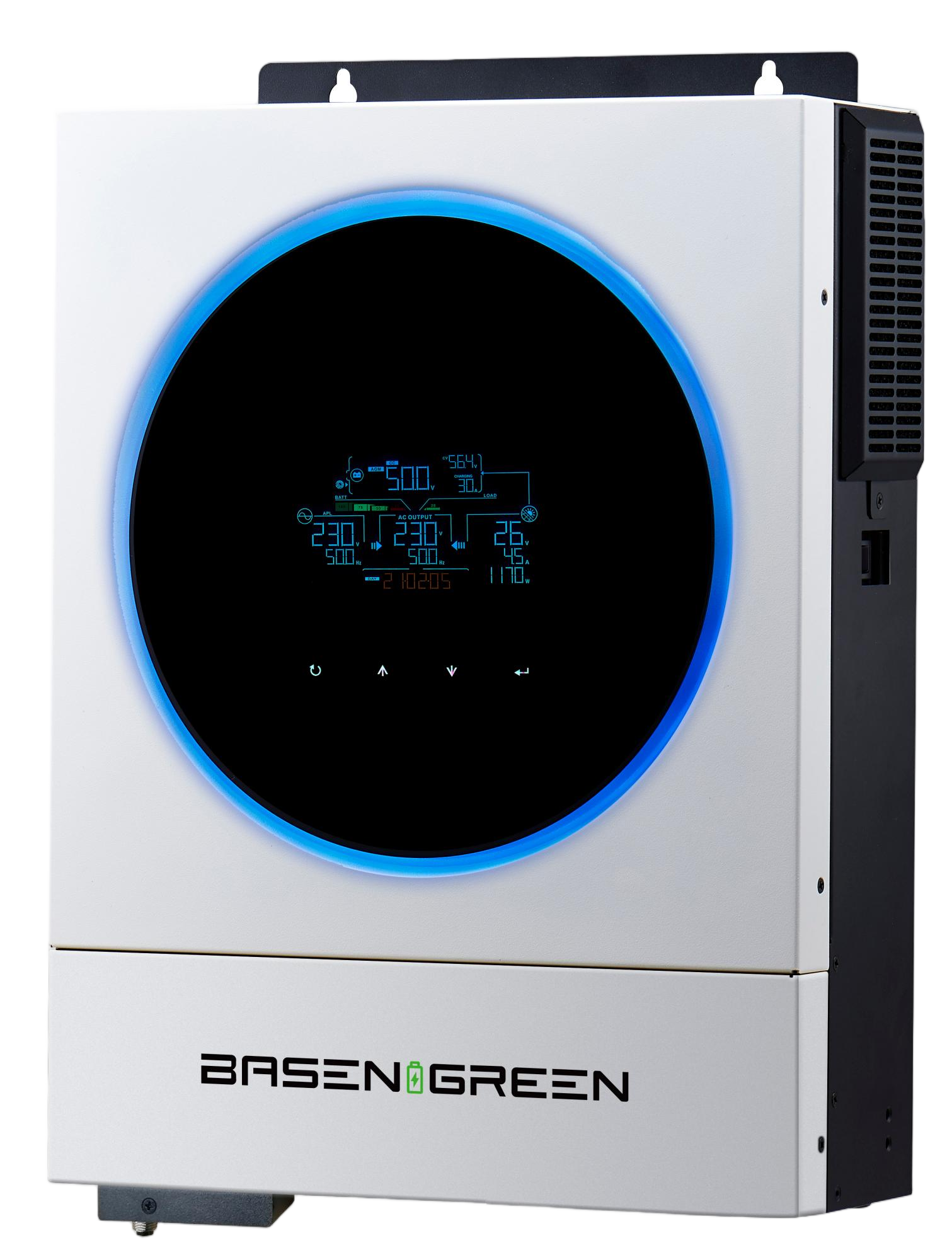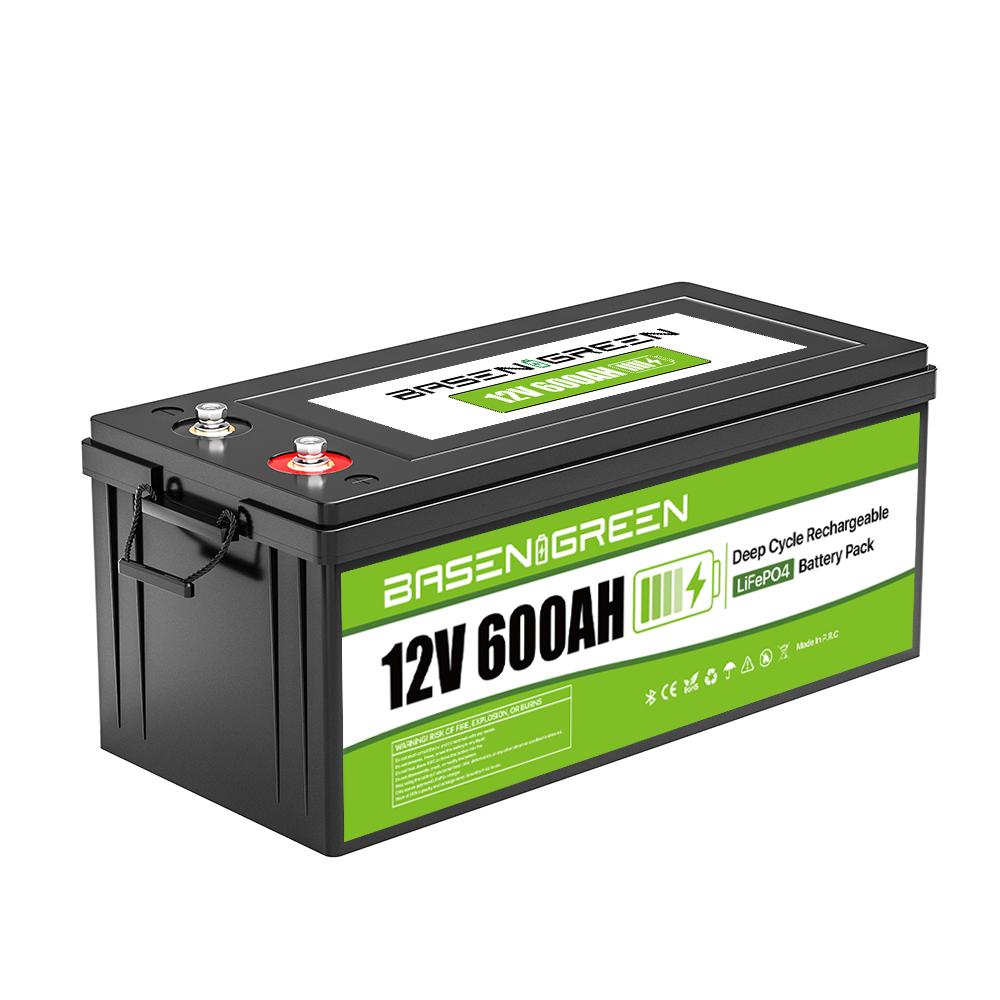Improving Battery Pack Reliability with Parallel Connection Solutions: A Design Guide for 628Ah Applications
In modern energy systems, battery technology plays a pivotal role across various industries, from electric vehicles to renewable energy storage. One critical aspect of battery design and operation is the parallel connection of battery packs. For applications requiring high energy output, such as a 628Ah battery pack, parallel connection solutions become essential for achieving optimal performance, safety, and reliability. This article explores the importance of parallel connections, challenges associated with them, and innovative design solutions tailored for 6,280 watt-hour (628Ah) battery packs.
The Importance of Parallel Connection in Battery Packs
Parallel connection is a fundamental method used to combine multiple battery cells or packs to achieve higher energy output. When battery packs are connected in parallel, the total energy capacity is additive, enabling systems to handle higher loads. For instance, a 628Ah battery pack, when connected in parallel with another 628Ah pack, can provide a combined capacity of 1,256Ah, doubling the energy available for critical applications.
One of the key advantages of parallel connection is its ability to boost voltage levels. While the voltage of individual cells remains the same, connecting them in parallel allows the system to achieve higher voltages, which are crucial for applications such as electric vehicles, industrial machinery, and heavy-duty equipment. Additionally, parallel connections facilitate better load distribution, ensuring that each cell contributes to the overall system performance.
Challenges in Parallel Connection Design
Despite its benefits, parallel connection of battery packs presents several technical challenges. One of the primary concerns is the matching of individual cells. Variations in cell capacity, voltage, and internal resistance can lead to imbalances, causing some cells to overheat or degrade faster than others. Another critical issue is thermal management. Higher voltage and current demands in parallel systems generate more heat, necessitating robust thermal solutions to prevent thermal runaway and ensure system reliability.
Furthermore, parallel connections introduce complexities in fault detection and diagnosis. If one cell or pack fails, it can cause a significant drop in overall system voltage, leading to potential system-wide failures. This makes it essential to incorporate advanced monitoring and protection mechanisms into the design.
Innovative Solutions for 628Ah Parallel Connection Design
To address the challenges associated with parallel connection design, engineers have developed innovative solutions tailored for 628Ah battery packs. These solutions focus on optimizing voltage regulation, ensuring thermal stability, and enhancing fault tolerance, thereby ensuring the reliability and longevity of the system.
Advanced Thermal Management Systems: High-quality thermal solutions are integral to maintaining stable operations in parallel-connected battery packs. These systems incorporate cooling channels, heat sinks, and advanced sensors to monitor and manage temperature fluctuations. By maintaining optimal thermal conditions, thermal management systems prevent overheating and ensure consistent performance.
Intelligent Battery Management Systems (BMS): Modern BMS solutions play a crucial role in managing parallel-connected battery packs. These systems monitor cell voltages, temperatures, and other critical parameters, enabling real-time adjustments to maintain balance and prevent overcharging. Advanced BMS algorithms also facilitate dynamic voltage regulation, ensuring optimal energy distribution among cells.
Battery Equilibrium Techniques: To minimize discrepancies between connected cells, engineers employ advanced battery equilibrium techniques. These techniques involve precise balancing algorithms and circuitry to ensure that each cell contributes equally to the overall system performance. By maintaining cell equilibrium, the risk of thermal runaway and degradation is significantly reduced.
Redundancy and fault tolerance design: Redundancy is a critical aspect of designing reliable parallel-connected battery packs. By incorporating redundant cells and robust switching mechanisms, systems can maintain operation even in the event of a single cell failure. This enhances overall system resilience and ensures continuous energy supply.
Optimized Circuitry and Diagnostics: Advanced circuitry and diagnostic tools enable precise monitoring and fault detection in parallel-connected systems. These tools provide real-time data on system performance, allowing engineers to identify and address issues before they escalate. Additionally, diagnostics enable predictive maintenance, further enhancing system reliability.
Benefits of the Design Solutions
The adoption of advanced design solutions for parallel-connected 628Ah battery packs offers significant advantages in terms of system reliability, efficiency, and longevity. By addressing challenges such as thermal management, cell imbalance, and fault tolerance, these solutions enable the development of robust energy systems for a wide range of applications.
For instance, in electric vehicles, reliable parallel connection solutions ensure consistent power delivery, enabling vehicles to operate efficiently across varying terrains and loads. In renewable energy storage systems, these solutions enhance grid stability by providing consistent voltage levels, ensuring optimal performance of the energy storage system.
Parallel connection of battery packs is a critical aspect of modern energy systems, offering numerous benefits in terms of energy output, voltage regulation, and load distribution. However, it also presents several technical challenges that require innovative solutions to ensure system reliability and longevity. For 628Ah battery packs, advanced thermal management systems, intelligent battery management systems, and redundancy design are essential components of a robust parallel connection solution.
By implementing these solutions, engineers can develop reliable and efficient battery systems capable of meeting the demands of demanding applications. As the demand for energy-efficient and high-capacity battery solutions continues to grow, the adoption of these innovative design strategies will play a pivotal role in shaping the future of energy technology.






